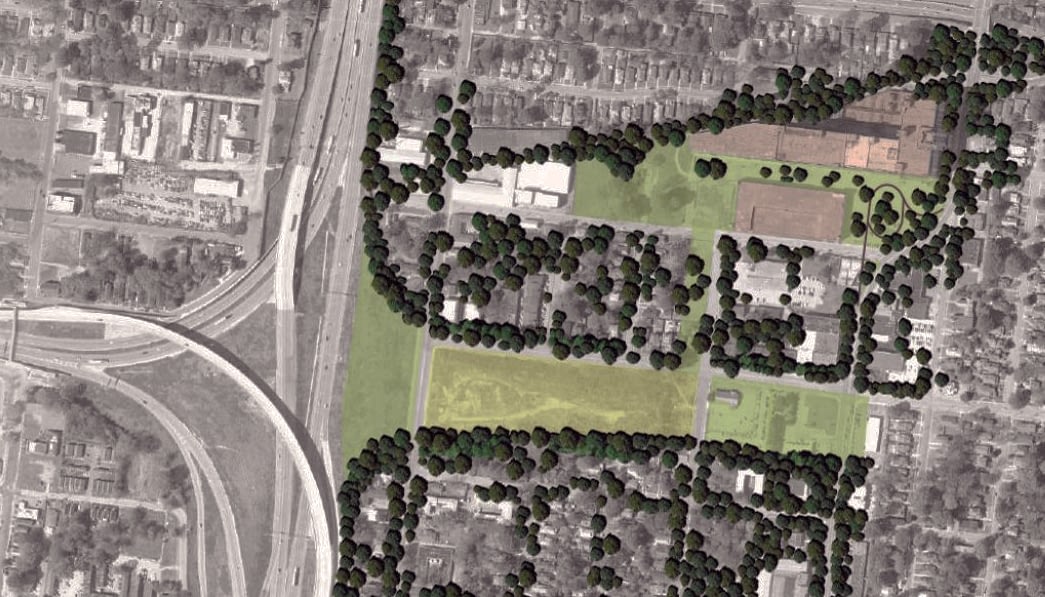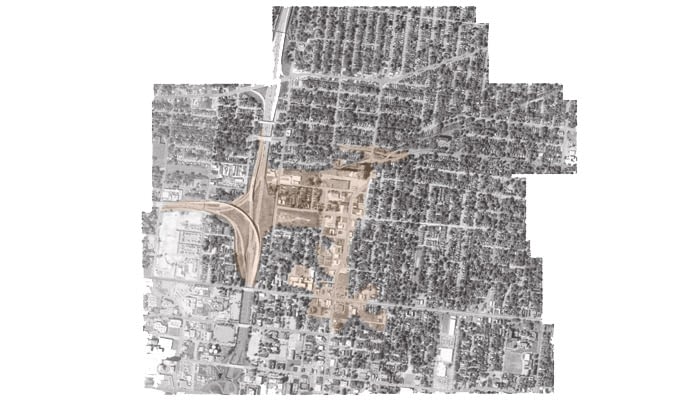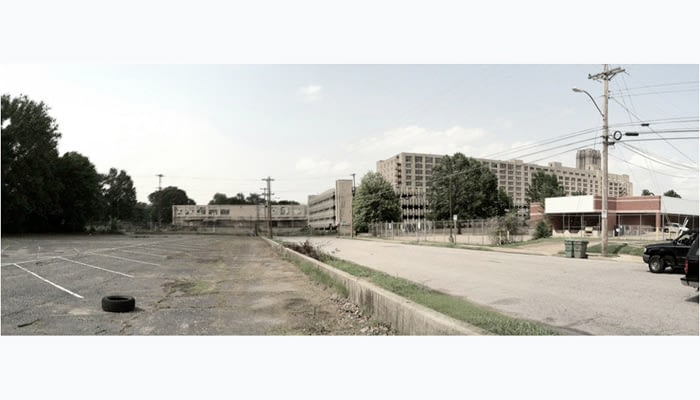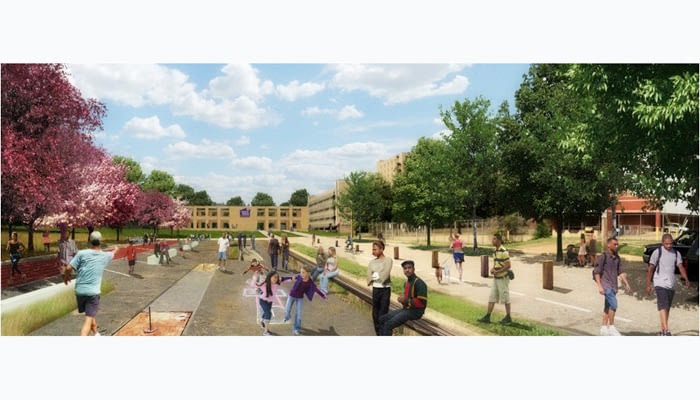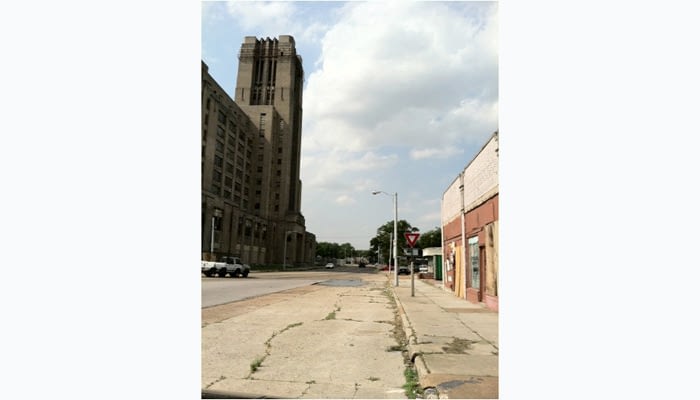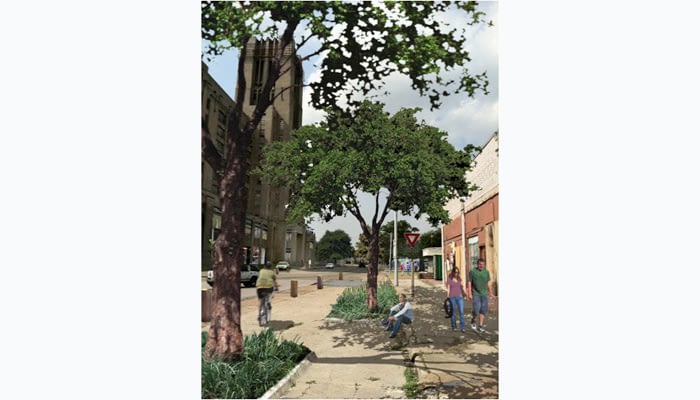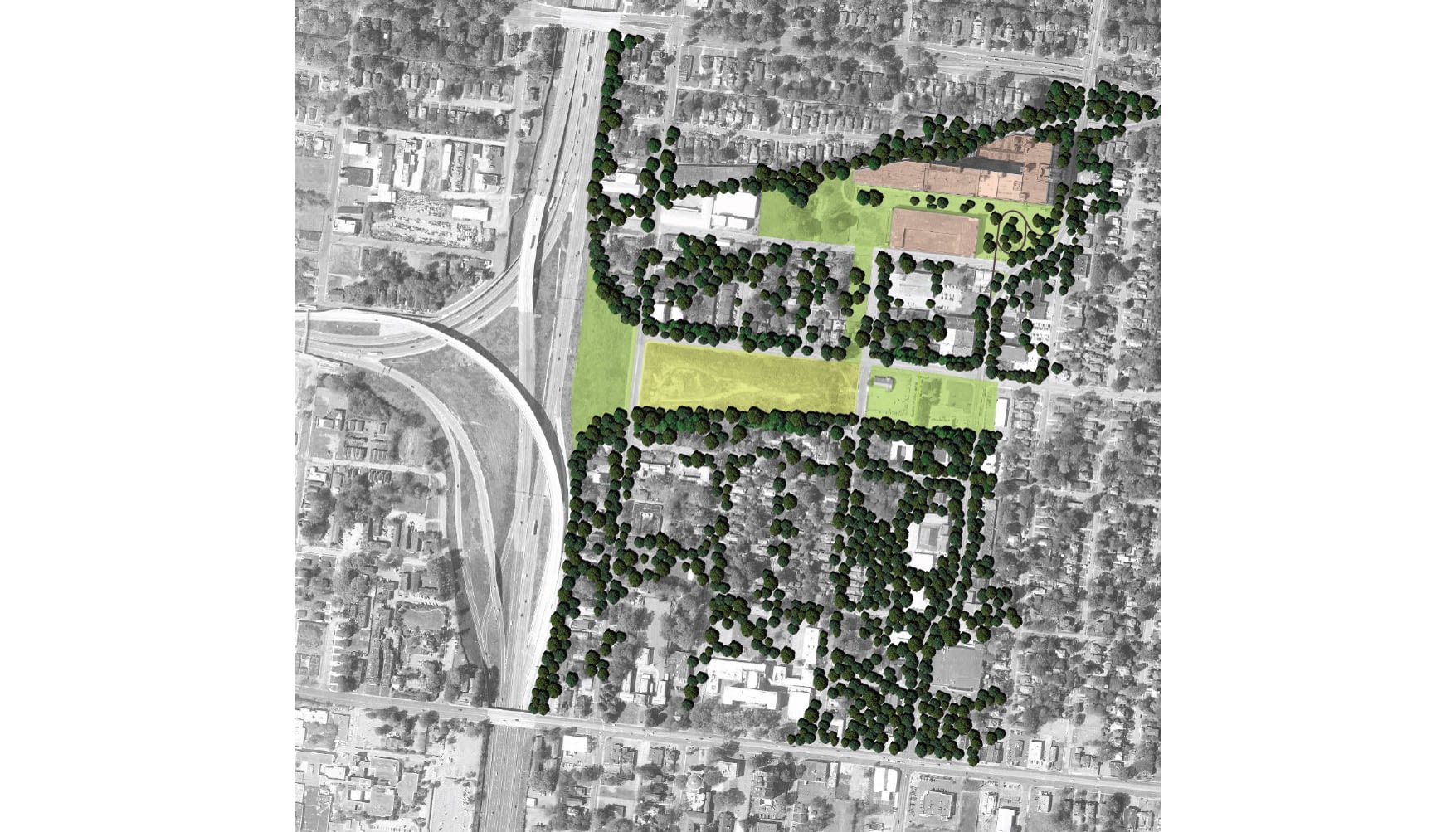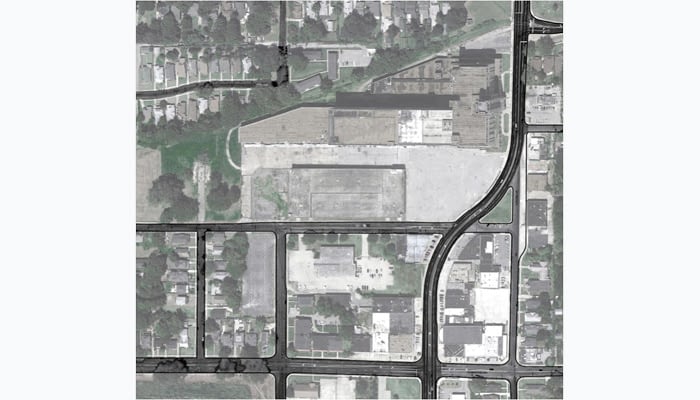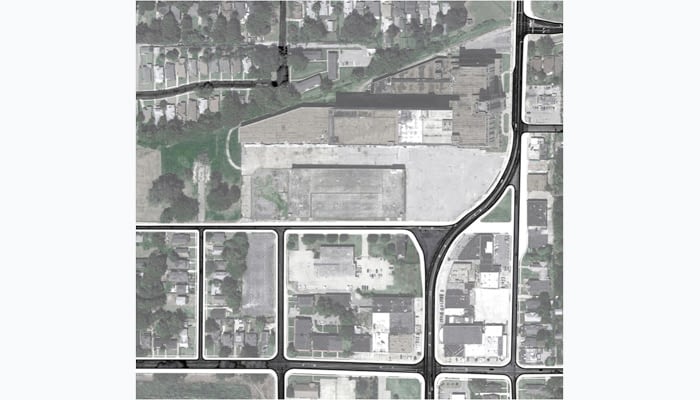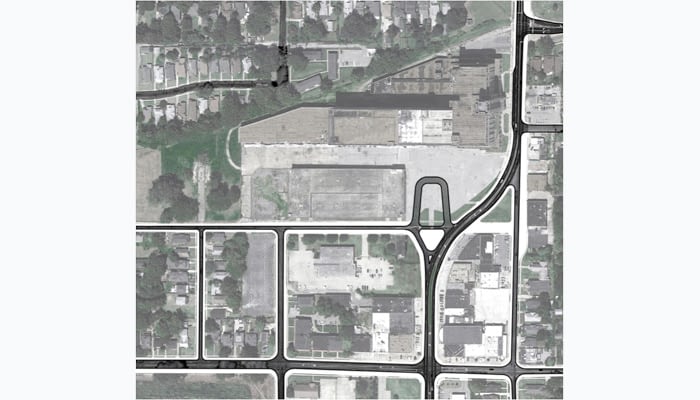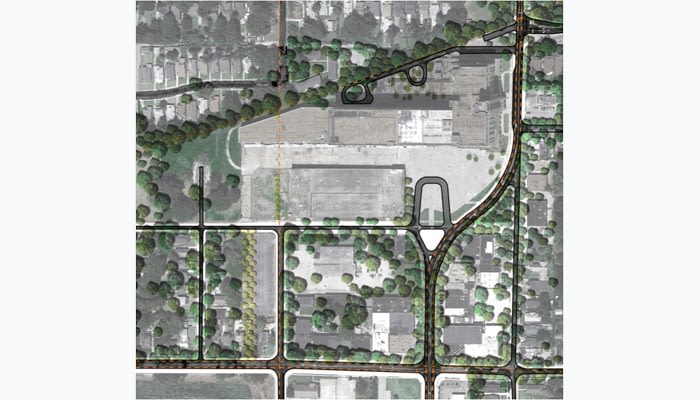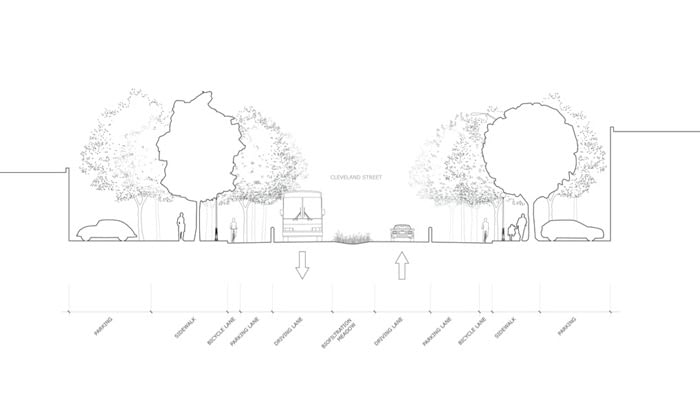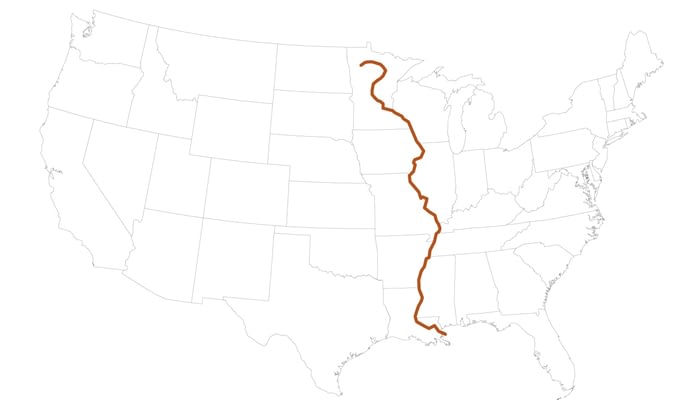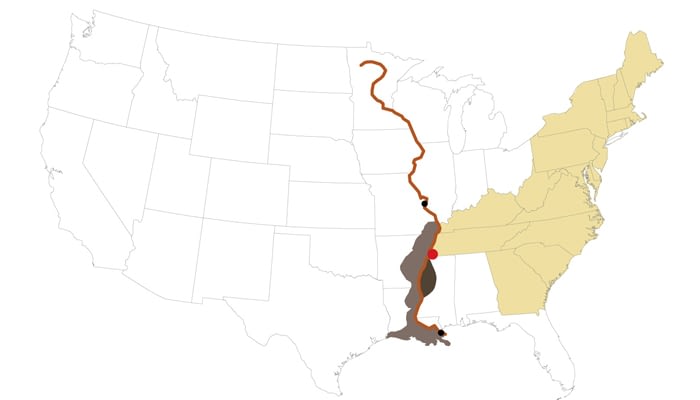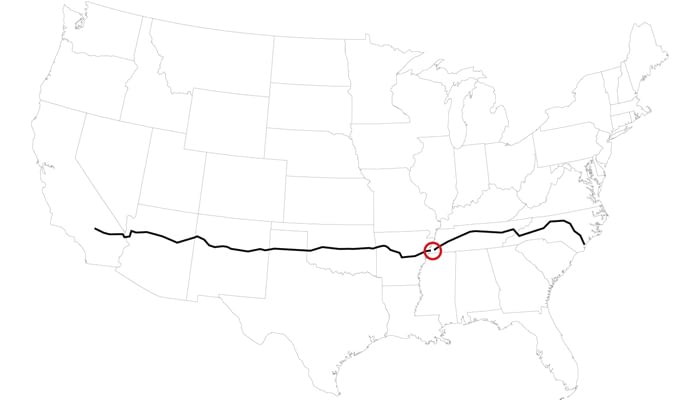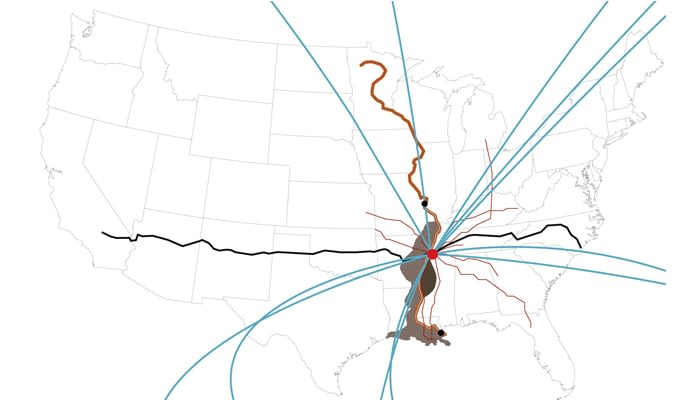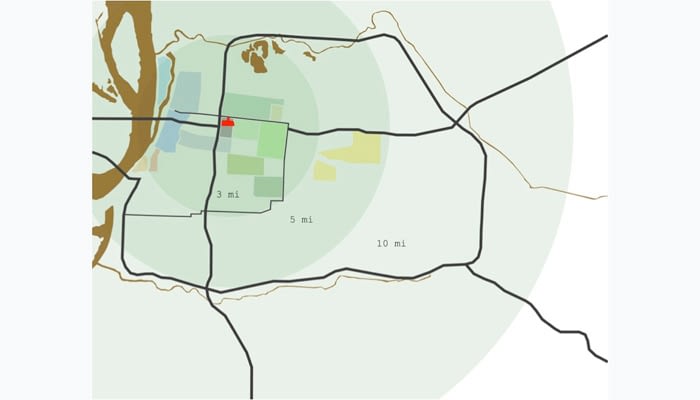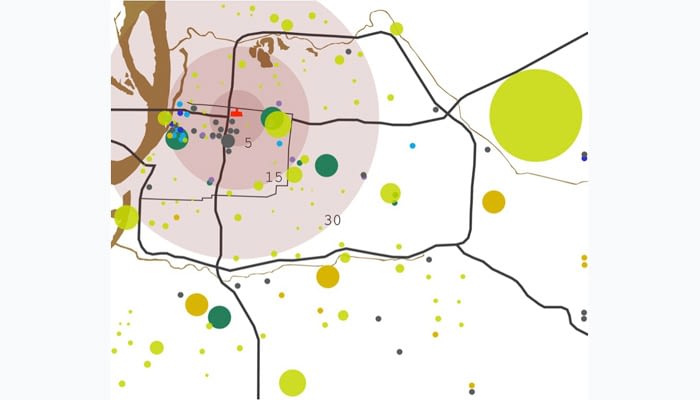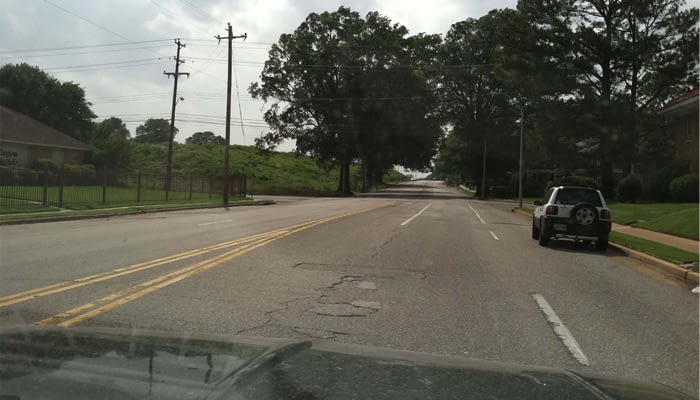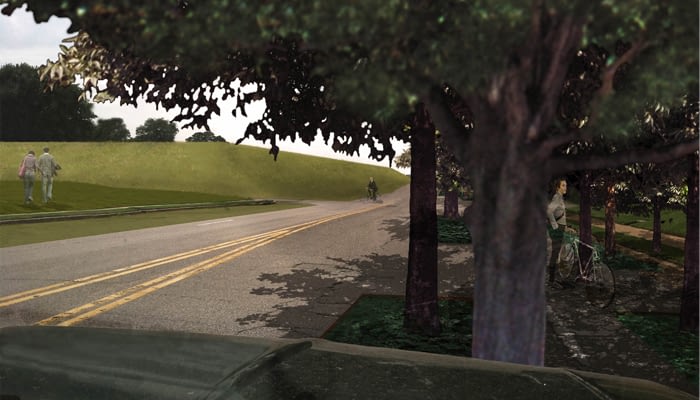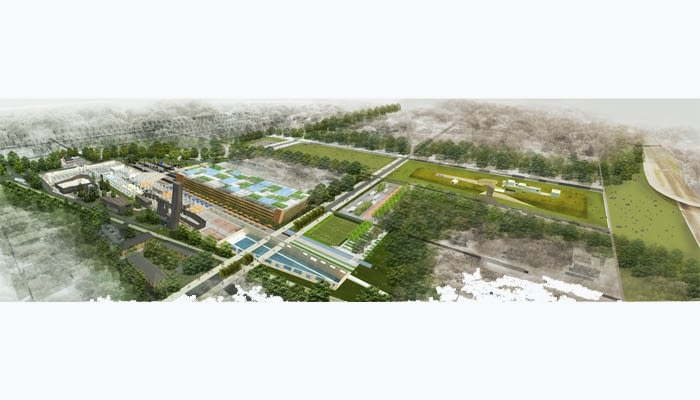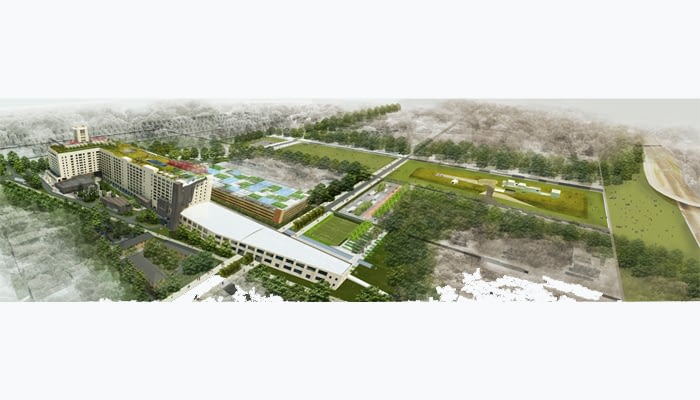Crosstown Masterplan, Memphis
Client: Crosstown Arts
Value: To be determined
Area: 280 acres
Status: Ongoing Masterplan
Team:
Peter Culley, Stacey Farinholt, Andrew Montgomery, Amrit Singh, Conor Backman, James Hill
Client: Crosstown Arts
Value: To be determined
Area: 280 acres
Status: Ongoing Masterplan
This was a jointly commissioned study by Crosstown Arts and Alamos to understand the possibilities for the wider setting for both the Sears and William Eggleston Museum projects. Spatial Affairs studied the Crosstown district of Memphis as an example of the city’s essential character and a nexus of important historical eras and events, beginning with the city’s founding as a strategic frontier and its trade position on the Mississippi river, through its days as the capital of cotton and hardwoods, a regional warehouse and today’s global distribution hub. At the center of the district lie two particularly critical sites: Sears Crosstown, a 1.5 million sq. ft distribution center from 1927, and the “mound”, a three block remnant of the disputed plan to bisect a beloved city park with Interstate 40.
The essence of the plan is to reforest the barren gap created by overly wide streets and the abandoned highway scheme and to link Sears with a new cultural venue housed in the mound, creating a new park that anchors the west end of the district as Overton Park does to the east. By rehumanizing the streets and amplifying the language of mid century American urban / suburban fabric by saving curb cuts, asphalt and road paint, we build a record of the growing movement away from the car culture and back to to a more human dominated environment. Cycling and walking paths share the narrowed streets and connect Crosstown to city in all directions. The monumental core, with the Mound in its center is kept free from trees, emphasizing the great scale of the democratic victory over Eminent Domain.
Team:
Peter Culley, Stacey Farinholt, Andrew Montgomery, Amrit Singh, Conor Backman, James Hill
